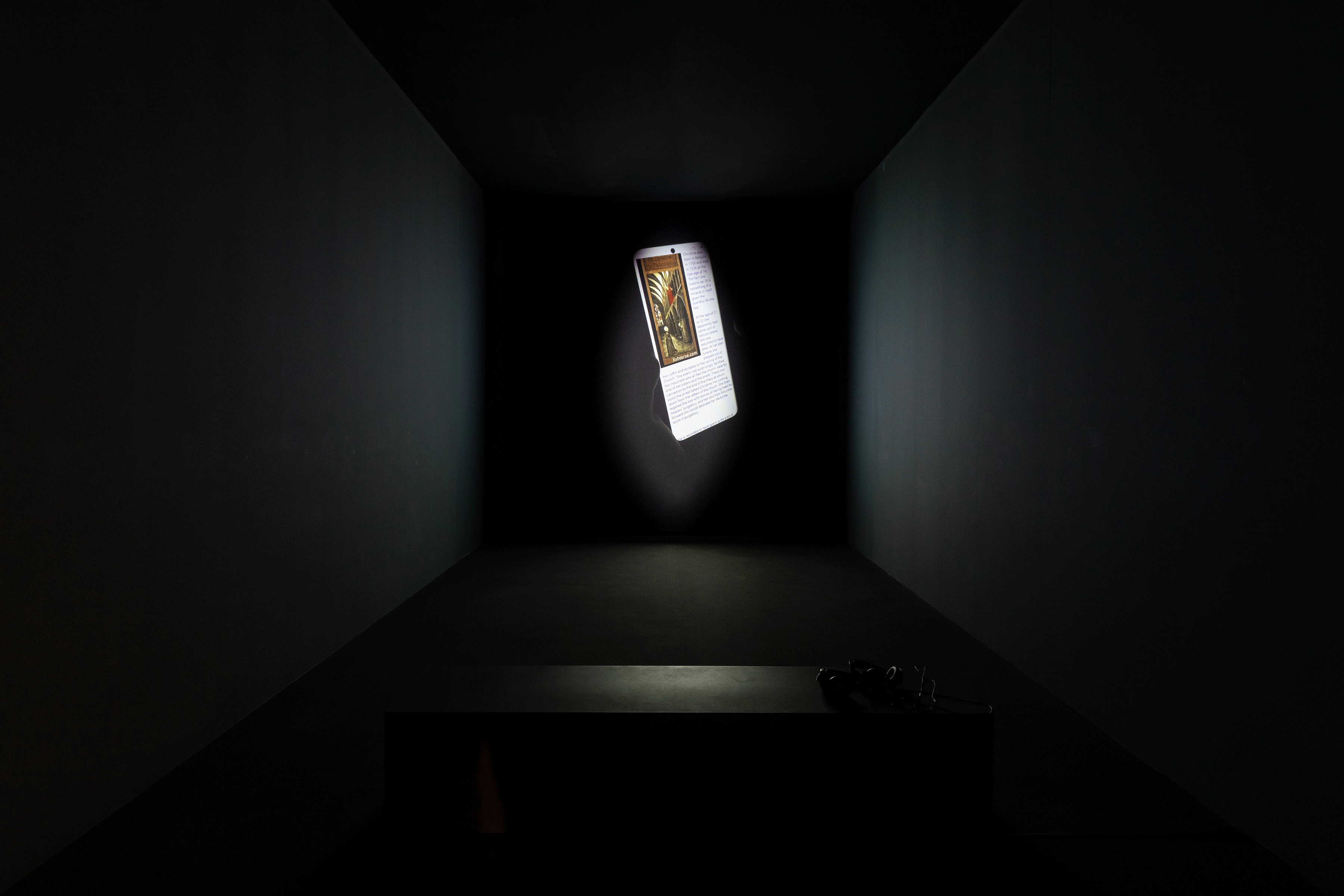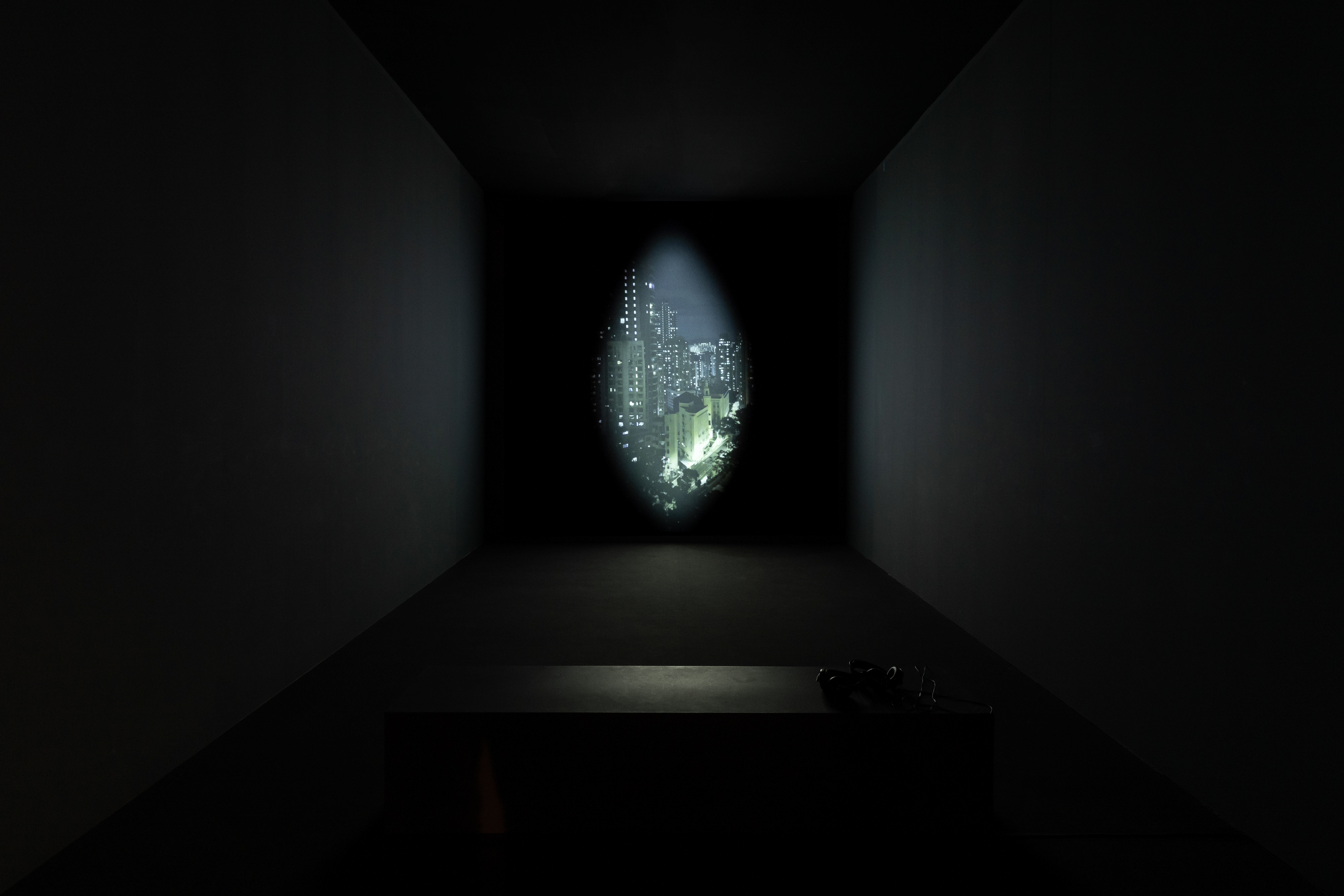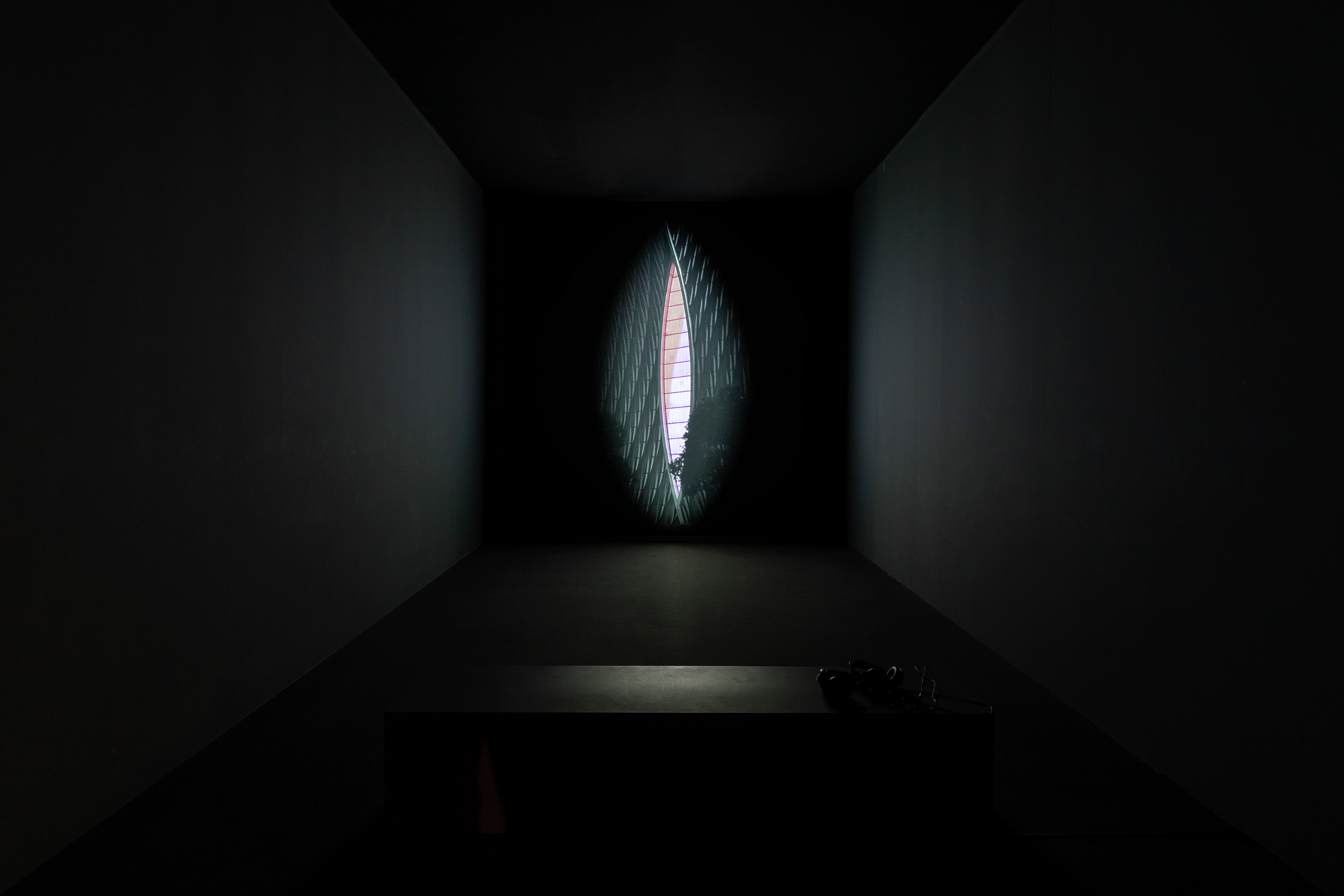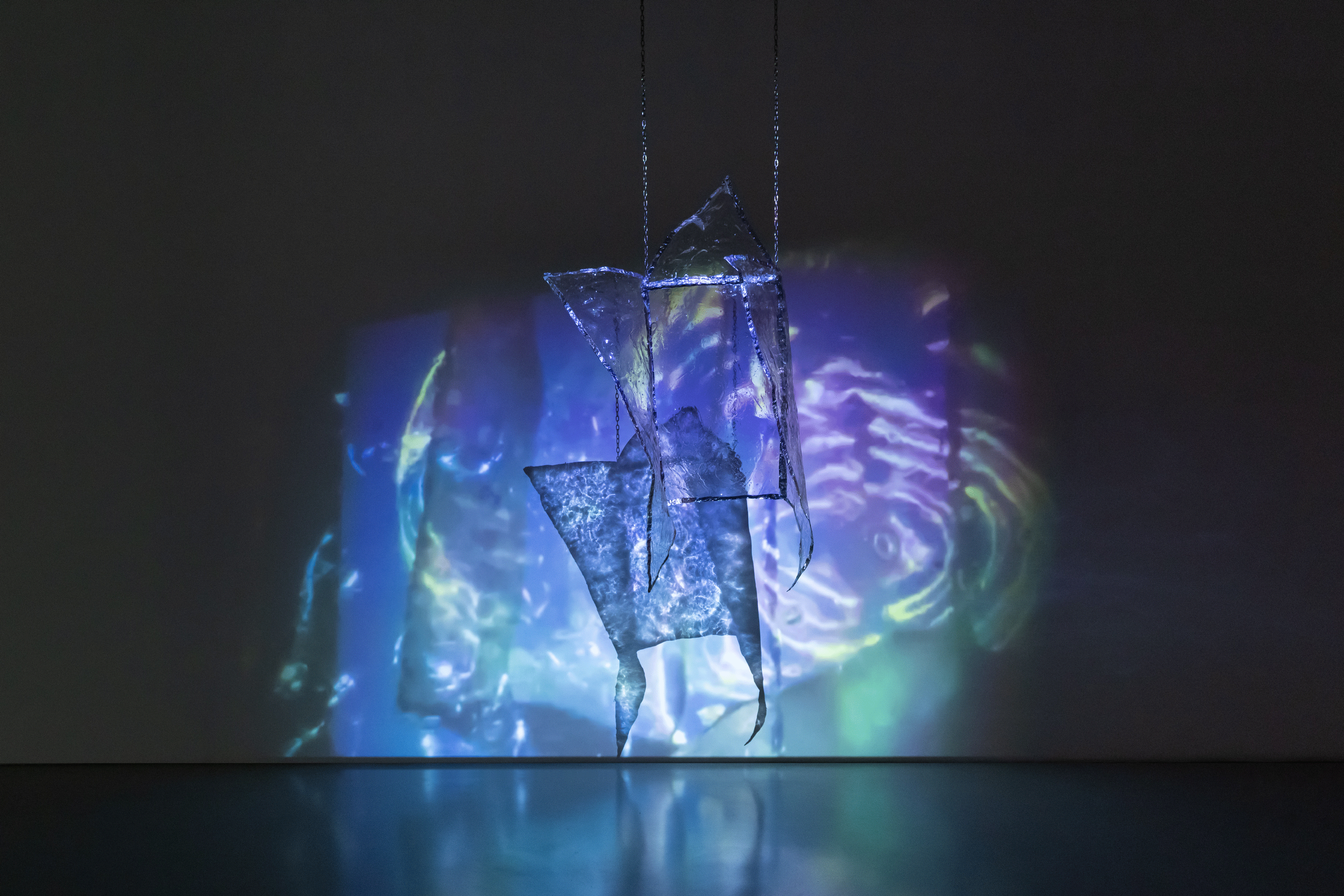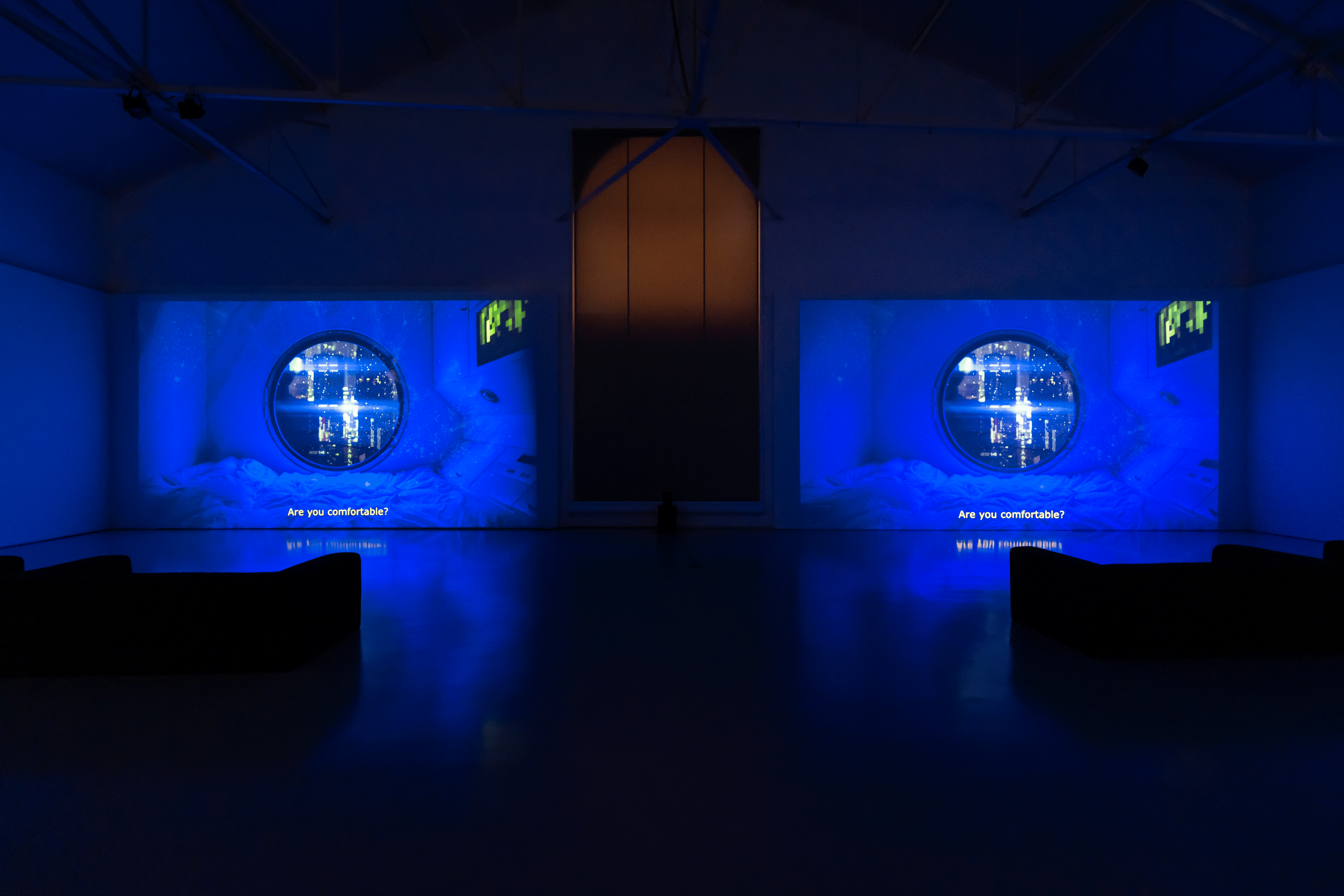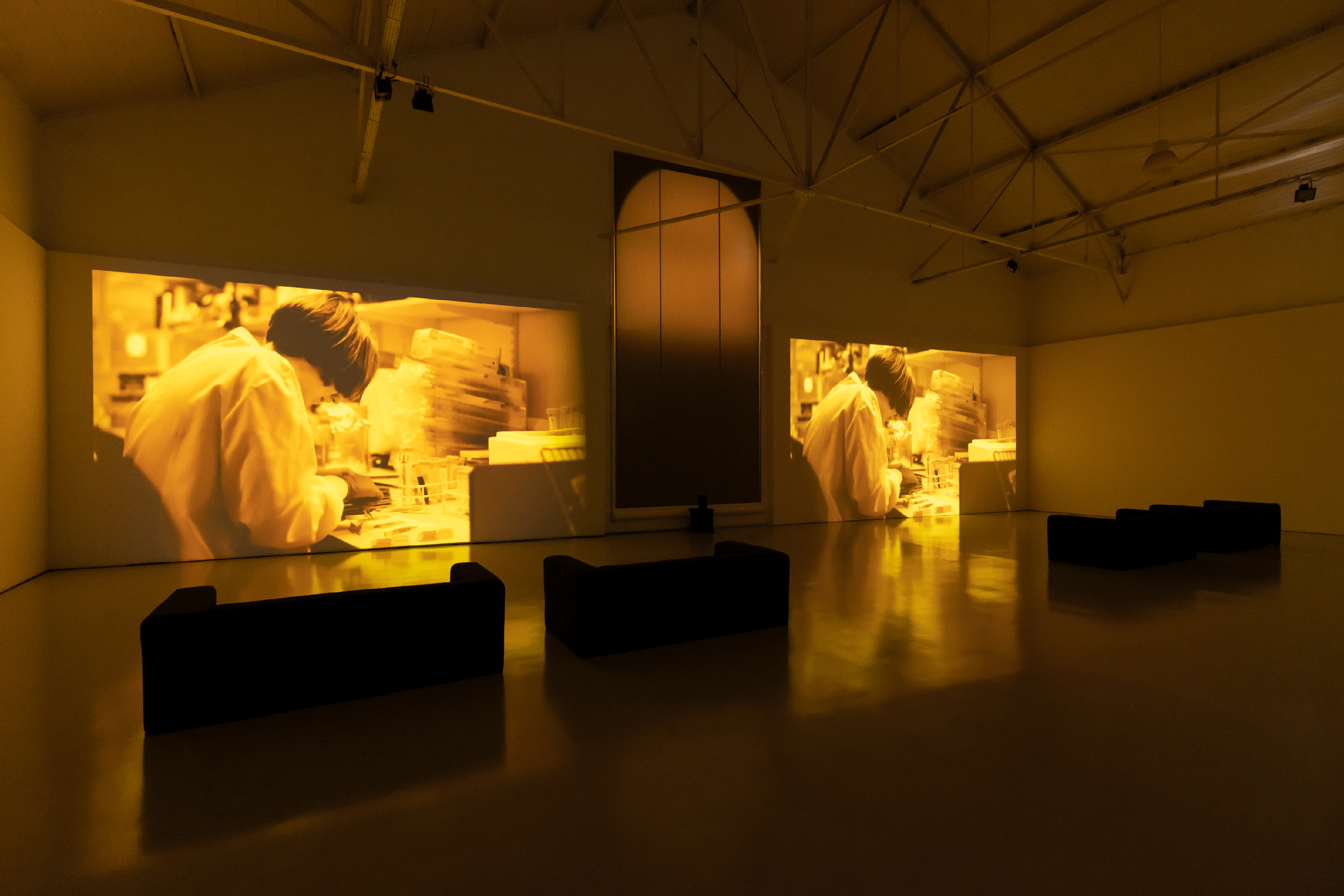more-than-human — perspectives on technology and futurity presents six films that critically analyse from various perspectives not only the use of technology as a capitalist device and tool but also its impact on human existence. Reflecting on the complex relationship between these two realms, the films explore the interchangeability between the natural and the artificial, the robotic and the organic, and the tensions that arise from these processes.
Over the past two decades, the radical transformation and/or transcendence of the human condition through technology have given rise to profound ethical and philosophical enquiries. From a theoretical standpoint, this involves contemplating the advantages and risks associated with personal identity, emerging forms of otherness, equality and social justice, death and immortality, as well as religion and the meaning of life. From a practical perspective, artificial intelligence and human-machine hybridisation raise ethical concerns pertaining to physical, cognitive, and moral enhancement, as well as issues related to defence and security.
God, human, or more-than-human? A future of technological transcendence through biohacking, cognitive optimisation, and other biomedical technologies aims at overcoming the physical dimension—the expansion and preservation of consciousness into a new biological-artificial body. Technology operates as a promise of omnipresence, omnipotence, and omniscience: in other words, immortality. From science to cosmology, from supernatural and artificial intelligence to science fiction, incorporating critical approaches that go beyond normativity, more-than-human implies a reassessment of our relationship with life. Likewise, it promotes networks of ethics and responsibility, collective forms of knowledge production, and other modes of interpretation and understanding that transcend the boundaries between self and other, human and non-human, organic and technological. In the same vein, it entails a sharing of common concerns, motivations, and challenges, despite any critical or methodological differences that may arise. A future of ecocentric consciousness calls for the end of anthropocentrism, rethinks humanity beyond its supposed centrality, and integrates more-than-human perspectives that recognise an environmentally sustainable and ethically conscious future, incorporating ethical, aesthetic, political, and social issues inherent to the contemporary condition.
Brave New World1 —technological advancements depicted in certain dystopian and apocalyptic scenarios are linked to political, economic, and social instability. Contemporary technological development seems to embody forms of power and authoritarianism that challenge basic foundations of social organisation, which, like the structuring of interpersonal relationships, is undergoing transformation. We live in a scenario where digital communication and social media shape our existence and offer an opaque mirror of bodyless narcissistic egos. The extent of the manipulation of our data is incalculable, but the production of capital depends on this exchange and circulation of information operating through digital platforms grounded in purely extractive and capitalist values: “Capitalism is a translation machine for producing capital from all kinds of livelihoods, human and not human.”2 Technology can simultaneously represent the problem and the solution: by considering more-than-human plural narratives, we can create a shared reality, imagining the future now.
– Celina Brás, artistic direction
Synopsis
Alice dos Reis, Our Lady Who Burns, 2024, video HD, 7', colour, sound, 16:9 vertical frame
On a stormy night, a woman dreams of a pregnant cat and cannot fall back asleep. Something compels her to read about the biography of Christina the Astonishing, a saint known for nourishing herself with milk from her own breasts. Throughout the night, as she reads, strange phenomena unfold.
Andreia Santana, Dreams of Flesh and Sand, 2024, HD video, 14’, colour, sound, loop, fish glue, aluminium foil, inox chains
Let us dive into the flesh of matter. As a materialist feminist, you don’t think about matter but you think with matter. Complex histories are enshrined in the materials you decide to work with: stories of working bodies, of sanding machines, of stone erosion, from humans up to geological times. Speaking about storied matter is not only using a material metaphor, and acknowledging its narrative agencies as active co-authors that shape the work, but also more largely the world, and thus co-determine our existence. Does your interest rely on the biographies of the object? Or on the stories of matter itself, related to an urge to become more graspable for humans?
Diogo Evangelista, Gliese 581 g, 2023, HD video, 55', colour, sound
Gliese 581 g is a medium-length film that combines old videos with unseen archival footage, deleted scenes, and soundscapes. Resulting in a coherent, non-linear montage, this work summarises Diogo Evangelista’s audio-visual endeavours over the past ten years. Specially crafted for Contemporânea Film(e), Gliese 581 g questions the boundaries between reality and fiction, exploring the nebulous boundary where the real and the imaginary blend and intertwine. Within a diegetic context, the film expands our understanding of the relationship between humans and technology, the organic and the mechanical, and the generic and the individual in an experiential era.
Artistic Direction
Celina Brás
Hours
Terça a Domingo
10h–13h / 14h–18h
Location
Galeria Avenida da Índia
Organization
Contemporânea
Support
DGArtes
Date
12.01 — 11.02.2024
Performance Gisela Casimiro
12.01.2024 [18:30]
Artists
Alice dos Reis
Andreia Santana
Diogo Evangelista
PT-EN translation and proofreading of EN synopses
Diogo Montenegro
Photos
Bruno Lopes
Acknowledgements
MAC/CCB
Entrance
Free
Room Sheet
Children's Room Sheet
Galerias Municipais de Lisboa/EGEAC
- Brave New World, Aldous Huxley, 1932.
- The Mushroom at the End of the World: On the Possibility of Life in Capitalist Ruins, Anna Lowenhaupt Tsing, 2015.
